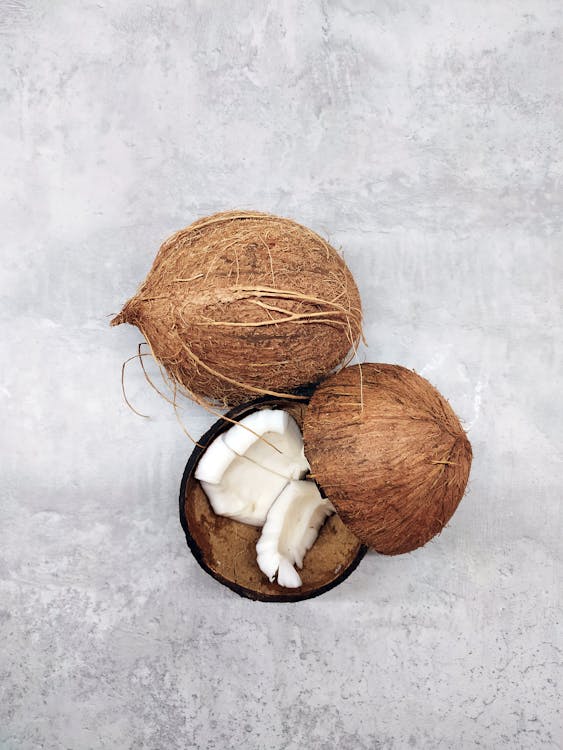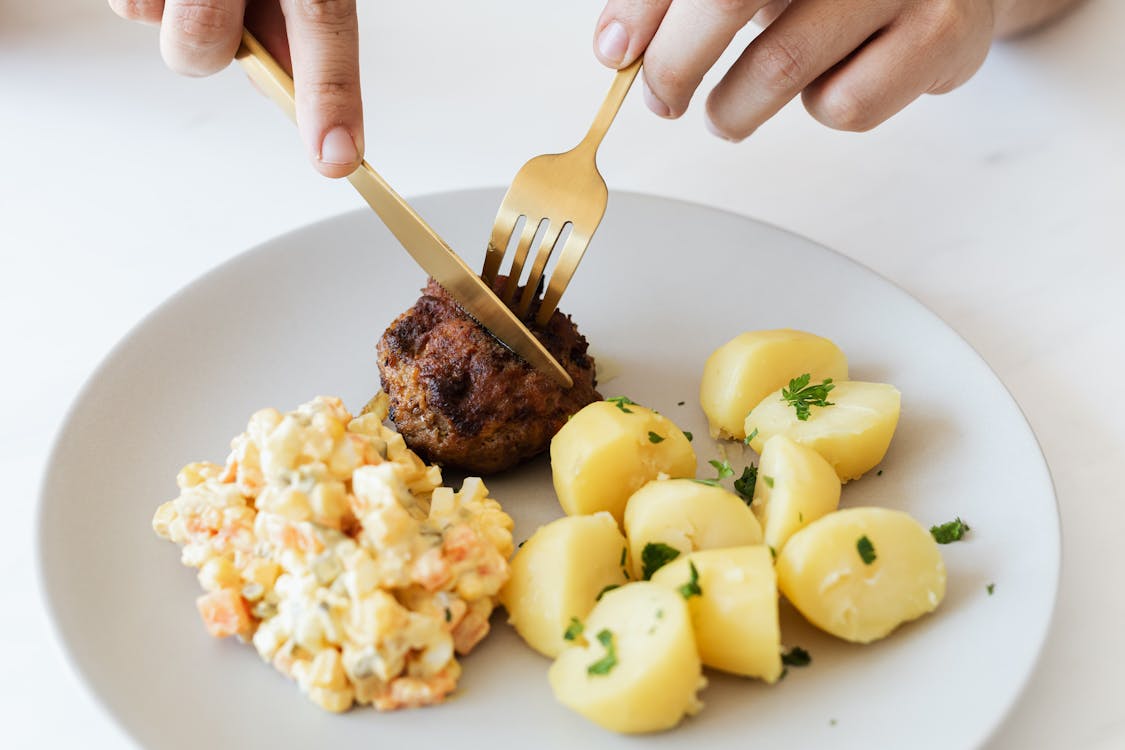Best Plant Based Protein For Building Muscle
This article discusses the best plant based protein for building muscle. Over the years, bodybuilders have gorged on large amounts of animal protein to build muscle. Over the years, researchers have studied the effects of animal meat on humans. More and more evidence is emerging about the harmful effects.
Meantime, the argument continues as to whether or not animal protein is better than plant based sources for building muscle. A plethora of plant based bodybuilding organizations have also sprung up worldwide. Promoting plant based bodybuilding, their members are thriving and winning competitions.
What are proteins?
Proteins are large molecules made up of smaller units called amino acids. They are found in animal and plant foods. They function in the body in various ways:
- function in body maintenance
- repair and replace worn out or damaged tissues
- forming the structure of body cells and tissues.
- forming the large proportion of muscles and organs.
- they are an essential constituent of certain hormones.
- they are needed for growth and development of the body.
- provide and produce enzymes which are needed for all kinds of body reactions.
American Heart Association study shows that mono-unsaturated fats from plants may reduce risk of death from heart disease and other causes
A preliminary research report from the American Heart Association screamed, "Mono-unsaturated fats from plants, not animals may reduce risk of death from heart disease and other causes." According to the report, diets rich in mono-unsaturated fatty acids from plants were associated with a lower risk of dying from heart disease or other causes.
In comparison, diets rich in mono-unsaturated fats from animals were linked to a higher risk of death from heart disease or other causes.
Sources of mono-unsaturated fats from plants include
avocadoes
olive oil
other vegetable oils
many nuts and seeds
Sources of mono-unsaturated fats from animals include
eggs
fish
red meats
poultry
full-fat dairy products
The researchers conducted the study based on on a review of data from 84, 084 participants who were followed up over 22 year in two large studies. These were the Nurses' Health Study and the Health Professionals Follow-Up Study. The purpose of these studies was to assess the composition of the participants' diets. Both studies used detailed food-frequency questionnaires which were administered every four years.
The researchers found that:
Participants with a higher intake of mono-unsaturated fatty acids from plants had a 16 percent lower risk of death from any cause compared to those with lower intakes.
Participants with a higher intake of mono-unsaturated fatty acids from animals had a 21 percent higher risk of death from any cause.
Marta Guasch-Ferré, Ph.D., one of the lead researchers concluded that:
"Our results emphasize the importance of the source and quantity of mono-unsaturated fatty acids in the diet...we should eat more mono-unsaturated fatty acids from plant sources and less mono-unsaturated fatty acids from animal sources."



